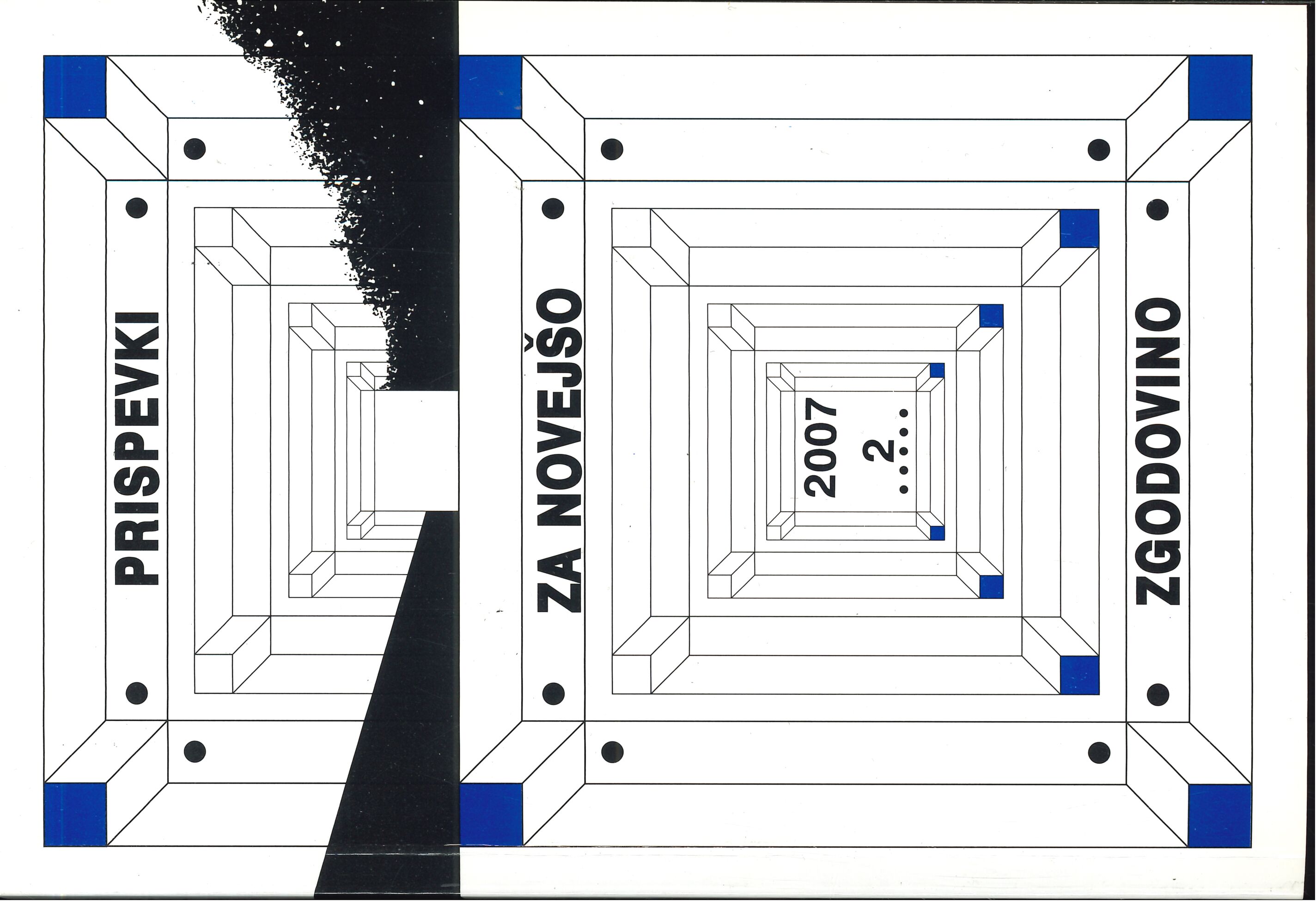Civilian Victims of World War Two and Post-War Violence in the Slovene Litoral (10 June 1940 - February 1946)
Keywords:
the Primorska region, World War II, Slovene Litoral, fascism, Liberation movement, civilian victims, violenceAbstract
The structure and number of World War II victims are currently best explored in the Primorska region (Litoral), since all relevant archive materials available in Slovenia have been taken into account. The following article ;s a deliberation about the processes influencing the number of civilian victims of war (5121). Fascism, anti-fascism in the Primorska region and the attitude of Slovenians to collaboration with Italians had a detrimental effect on the slow expansion of local collaboration and also influenced the development of the partisan movement, which after the capitulation of Italy turned into the strongest political movement in this region. Partisans movement led by the communists and they recognized the importance of the Primorska region, thus they established more of a moderate attitude to their opponents here. All this was reflected in a smaller number of victims of the conflict "among Slovenians" in comparison to those Slovenian regions where the partisan movement was well organized and more active.
Downloads
Published
Issue
Section
License
Authors who publish with this journal agree to the following terms:
- Authors retain copyright and grant the journal right of first publication with the work simultaneously licensed under a Creative Commons Attribution License that allows others to share the work with an acknowledgement of the work's authorship and initial publication in this journal.
- Authors are able to enter into separate, additional contractual arrangements for the non-exclusive distribution of the journal's published version of the work (e.g., post it to an institutional repository or publish it in a book), with an acknowledgement of its initial publication in this journal.
- Authors are permitted and encouraged to post their work online (e.g., in institutional repositories or on their website) prior to and during the submission process, as it can lead to productive exchanges, as well as earlier and greater citation of published work (See The Effect of Open Access).


